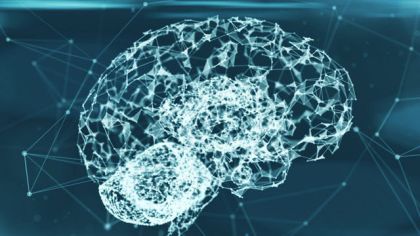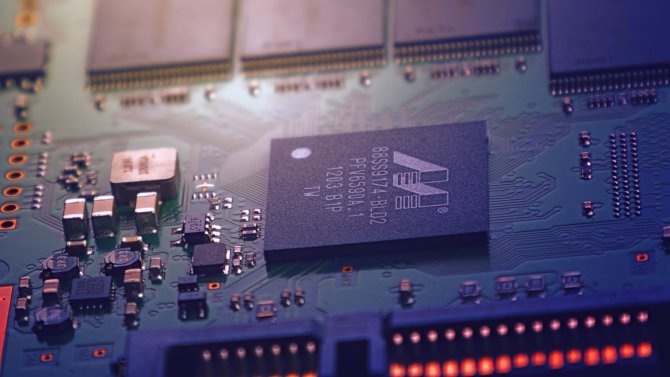The researchers at OpenAI have designed a method that encourages AIs to teach each other with examples that are cogent to human beings as well. Their method automatically selects the most informative examples for teaching a concept, for example, the best images to describe the concept of dogs, and this approach proved to be effective for both humans as well as AIs.
OpenAI envisions that some of the most impactful applications of AI will come from a result of collaboration between humans and machines. However, communication between the two is the barrier. Consider an example. Think about trying to guess the shape of a rectangle when you’re only shown a collection of random points inside that rectangle: it’s much faster to figure out the correct dimensions of the rectangle when you’re given points at the corners of the rectangle instead. OpenAI’s machine learning approach works as a cooperative game played between two agents, one the teacher and another the student. The goal here for the student is to guess a particular concept (i.e. “dog”, “zebra”) based on examples of that concept (such as images of dogs), and the goal of the teacher is to learn to select the most illustrative examples for the student.
In their two-stage technique:
- A ‘student’ neural network is given randomly selected input examples of concepts and is trained from those examples using traditional supervised learning methods to guess the correct concept labels.
- The ‘teacher’ network — which has an intended concept to teach and access to labels linking concepts to examples — to test different examples on the student and see which concept labels the student assigns them, eventually converging on the smallest set of examples it needs to give to let the student guess the intended concept.
However, if they train the student and the teacher jointly, the student and teacher can collude to communicate via arbitrary examples that do not make sense to humans, digressing from the main goal.
(via: OpenAI)

